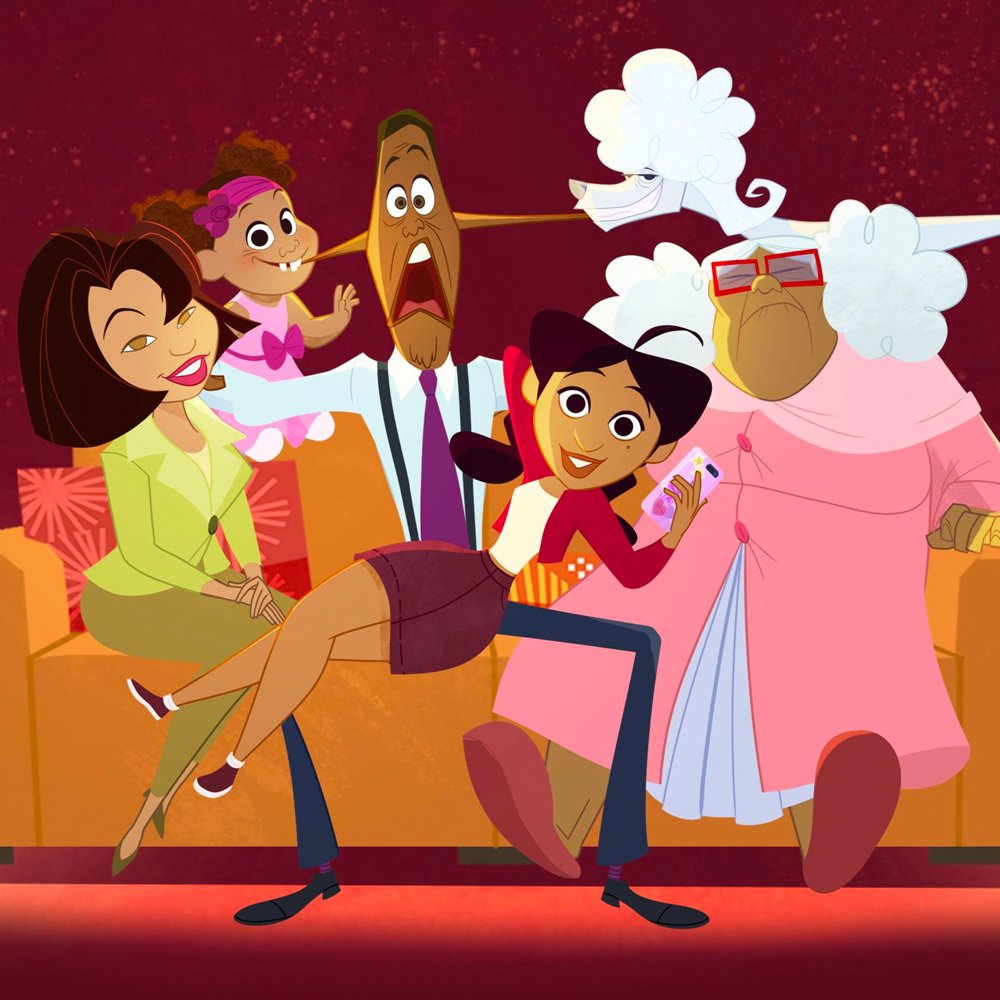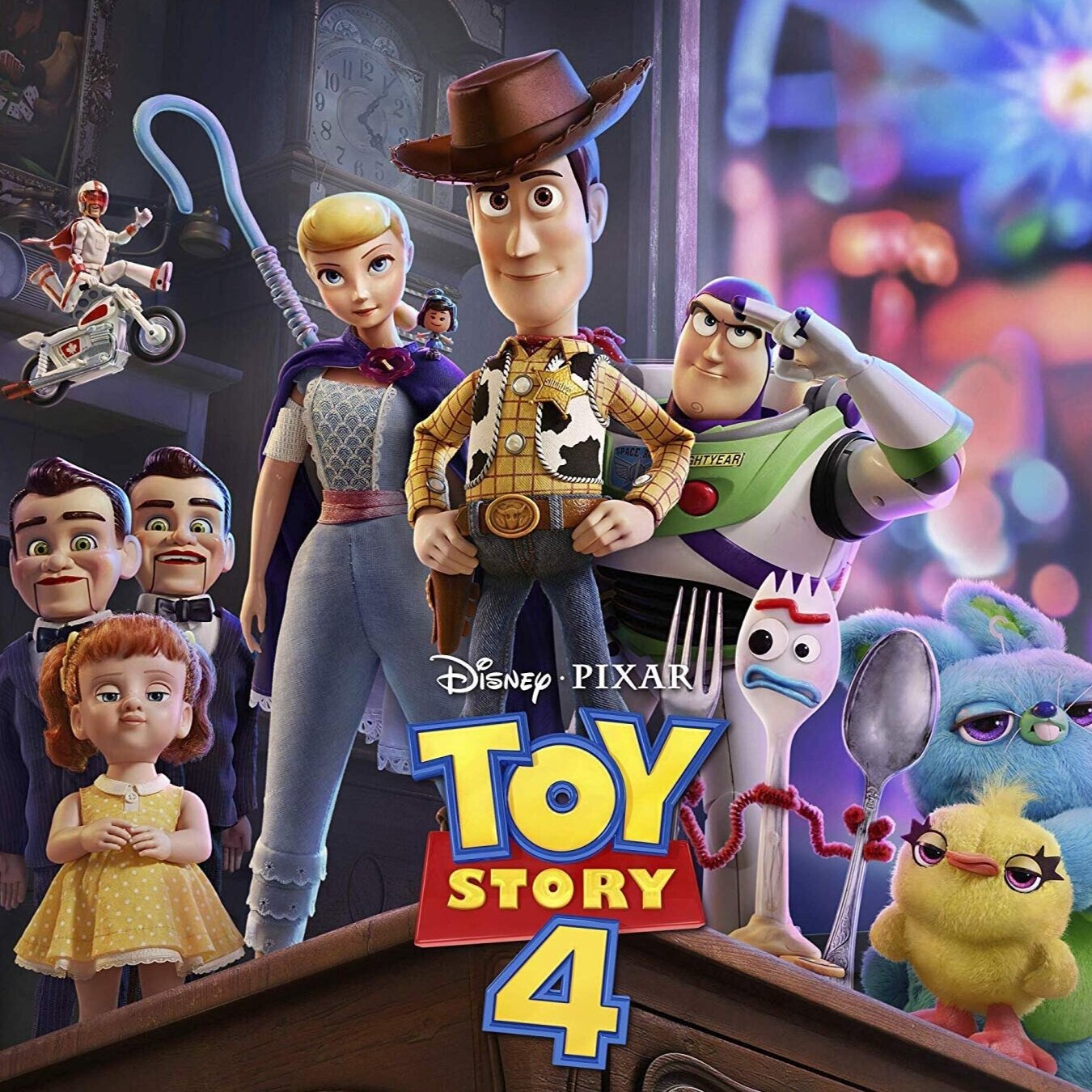Review: Inside Out
Inside Out is one of Pixar’s funniest films and it’s one of the year’s most inventive, but it falls short of that esteemed pantheon of Pixar classics. That’s not to say it’s a bad movie, more it’s lacking in a few key departments that keep it just shy of that near mythic level of quality the company’s set in its relatively short history.
What makes some of Pixar’s instant classics so endearing is their traditional, pure, and polished type of storytelling. At the very genesis of Pixar’s success, there was the twin development of technical ability and storytelling finesse: Pixar’s Renderman software made mathematically possible the extreme smoothing of geometric form, platonic perfection; likewise, Pixar’s plots have been something of an “Intro to Screenwriting” stalwart for years. Their characters justly rendered in video are too so well-defined on page. These plots recall the type of wholesome, folk journeys from those long gone days of oral storytelling full of rich symbolism, and most importantly, a profound sense of movement; their spiritual travels correspond on some suitably grand analogous physical axis. Gilgamesh must go to far off lands. Odysseus is cast off at sea. Up finds its characters literally uprooted at the second act break and Finding Nemo sends Marlin across the ocean. The most successful Pixar films echo the ancient narrative unification of form and content.
Yet, ironically it is Pixar’s latest, which literally sees emotion personified in character, that fails on this front of innately human dualism, of realizing the emotional arc with equivalent struggles made tangible. Perhaps, it is exactly this reason - that the act of creation is in fact too easy – that here prevents the artistic resistance so conducive to inventive creation.
Movies move; for Inside Out there’s something to be said that everywhere the film goes can be seen in the opening five minutes. At the end of the day, I never really felt it went anywhere – and that’s true. The actual distance covered in the film is little more than a leisurely stroll for the characters. It doesn’t feel like a father has crossed the ocean for his kid. We haven’t crossed interplanetary voids. Even in Toy Story, the distances and obstacles the characters encounter are fittingly massive; the climax finds our toys competing against gasoline-powered cars with remote controlled ones. There’s a sense of relative scale that appropriately matches the character arcs the toys have gone through.
This results in an unshakeable familiarity that is likewise compounded by lacking character design. It’s a particular facet of animation (touching upon this aforementioned unity of form and content) that each individual portrayed speaks not only through character action, but as they exist in hyperbolic caricature. Sid’s misfit, broken toys can be seen to be so physically as well as emotionally. Monsters Inc. gives bold, but nonetheless warm and furry body to Goodman’s booming voice and slithering deceit to Buscemi’s vitriol. And while the main cast of emotions is cast virtually perfect, the rest of the characters seem somewhat phoned in; the mind is largely inhabited by forgettable, amorphous, amoeba-like beings. They feel more like functions of narrative construct than real inhabitants of a cohesive world.
Moreover, this trend carries on to the environment design. The film takes place primarily in San Francisco (in an empty house no less) and inside of the mind. Despite the mind’s huge potential to be realized in vivid colorful form, what we get is essentially a sinkhole surrounded by hallways of glorified bookshelves (“walls of memorie”). Sure, the idea of personalities being like islands is interesting, but it’s little use when the film never actually explores these places. This is the narrative equivalent of setting Finding Nemo against a bunch of blue backdrops or having Up land in Bayonne. One of Pixar’s greatest assets in the past has been to find a childlike sense of wonder and imagination in even the most seemingly mundane places; Toy Story’s grand success was engraving that same child’s imagination on screen. With Inside Out, Pixar disappointingly falls short of that imaginative mark. By the film’s end we feel like we’ve neither seen any interesting places nor gone anywhere new. The goal of the film should be to take us on a journey, but Inside Out shows us 90% of what its got to show in those opening minutes. Sure, we have some fun diversions into dream production or abstract though, but these represent narrative asides rather than strides. We exit out of these in the same place we came.















